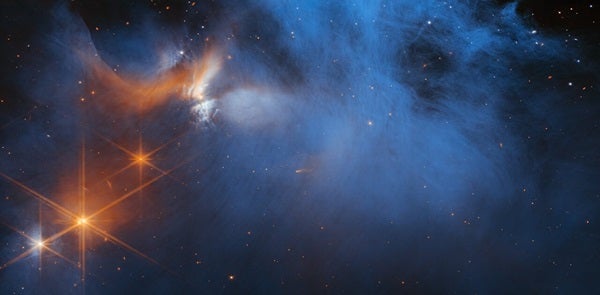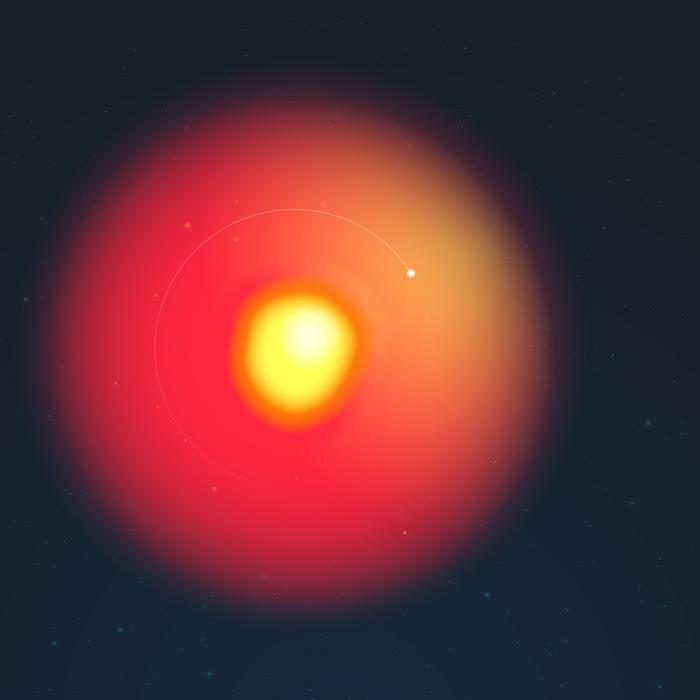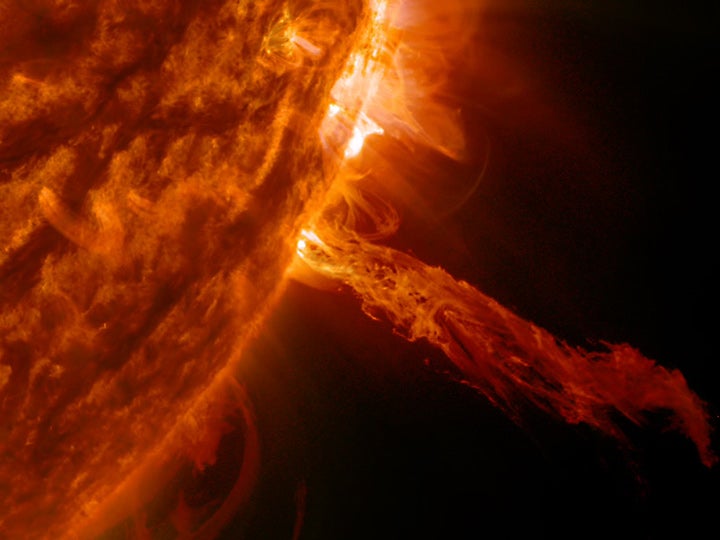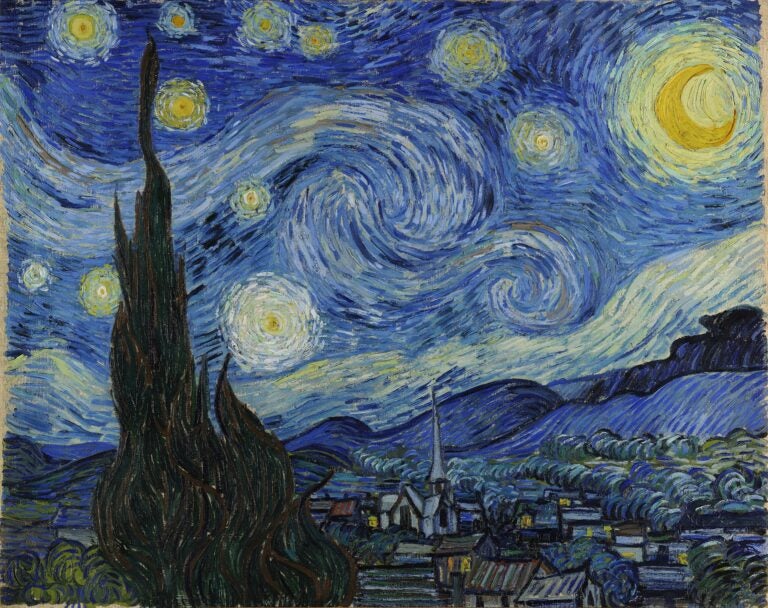Stars form when massive clouds of cold gas and dust fragment, condense, and collapse. As the density in a small part of the cloud grows high enough, the pressure skyrockets until it ignites the fusion process that forms the fiery heart of a new star.
As the nascent star grows, it becomes encircled by a protoplanetary disk made of the same material that formed the star. This disk is what eventually gives birth to the planets, asteroids, and comets around the new sun.
This gorgeous new image from the James Webb Space Telescope (JWST) features the molecular cloud Chameleon I, one of the nearest star-forming regions to Earth, located just 626 light-years away. At upper left is a young protostar called Ced 110 IRS 4, whose light illuminates the dense, bluish cloud at the infrared wavelengths Webb observes. Just visible through the cloud at center are several small, pointlike background stars, mostly obscured by the cold material. But these stars are the cornerstone of a new study, which used JWST to decode the chemical composition of ices within Chameleon I.
Here’s how the study worked: As starlight from those background stars filters through the cloud, some of that light gets absorbed by ices. By splitting apart the light that makes it through the cloud — using a technique called spectroscopy — astronomers can look at which specific wavelengths are absorbed. This lets them determine which atoms are responsible for absorbing each specific wavelength.
In the case of Chameleon I, they identified ices inside the cloud such as water, carbonyl sulfide, ammonia, methane, and methanol. Researchers also found hints of even more complex molecules, such as ethanol.
Webb’s new view of the Chameleon is the most comprehensive look at ices within such a dense molecular cloud to date. The observations are providing astronomers with important information about the particular molecules that are available to form new planets — and any life that might eventually evolve on them.
The results suggest that planets can essentially “inherit” already chemically complex molecules straight from molecular clouds. They also hint at the possibility that such complex molecules, which are essential to life on Earth, are widespread; they are not unique to the protostellar cloud that formed our Sun and planets.
However, the Chameleon I observations still revealed far fewer available building blocks in the ices than astronomers expected the cloud to contain. This means that in addition to being locked up in ices, elements such as carbon, oxygen, nitrogen, hydrogen, and sulfur also likely exist as sooty or even rocky material within the cloud.
Webb alone was able to do this work, as Chameleon I is so dense and cold that most of the background starlight gets absorbed; only faint infrared wavelengths can pierce through it.
The new observations are part of the Ice Age project, which is using JWST to look for the building blocks of life to help determine how common (or rare) life might be in the universe. So stay tuned, because more surprises are sure to come.









![Albireo (Beta [β] Cygni) is a classic example of a double star with contrasting colors.](https://www.astronomy.com/uploads/2024/08/Albireo.jpg)
